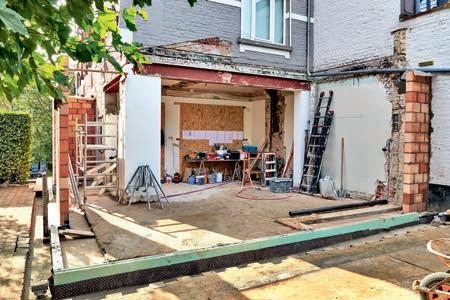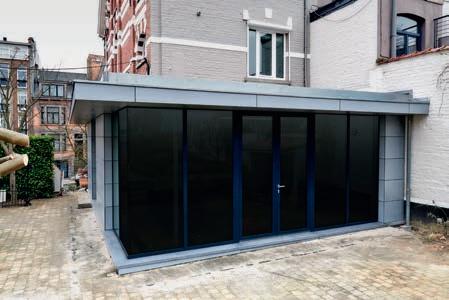
2 minute read
Planning permission
Planning for the future
Just as there has been a revolution in building materials and design in recent decades so has there been one in planning systems and it has only just begun.
Advertisement
Scotland is at present involved in a major overhaul of how planning services are delivered.
Speak to your grandparents and you will hear horror stories of long, drawn-out planning applications chained to the cycle of district, rural, town or city council planning committees. eDevelopment.scot has put an end to that. Today’s planning system has an online service which is available around the clock for both professionals and members of the public alike, run by the Scottish Government in partnership with councils and planning authorities.
Planning decisions remain the same – to balance the need for new property and people’s aspirations for their homes while protecting the historic and natural environment and the interests and wellbeing of existing households.
To put it simply, you need planning permission if planning a new build or a major physical change to an existing property or a change of use from industrial, agricultural, commercial or retail to domestic.
Today outline planning permission has become ‘planning permission in principle’ which is followed by approval of matters specified, to take care of the fine points; work should only begin when this is in place.
Pre-application advice is available from your council’s planning officers and both local and national government cannot stress enough that your best route is always to talk to your local council first of all.
If you are planning to build, extend or convert in a conservation area, National Scenic Area, or Site of Special Scientific Interest, then extra consent must be applied for.
You might not need planning permission at all – there are also householder permitted development rights for smaller alterations to properties; you could be pleasantly surprised at how much can be done within this legislation.
Get the planning wrong and you could be served with an enforcement notice which can be a lengthy and costly mistake, though there is an appeal process so it always pays to talk to your council first.


Scotland’s planning strategy In November last year the Scottish Government launched a fiveyear programme, ‘Transforming Places Together: Scotland’s digital strategy for planning’.
As part of its work on the programme, Royal Town Planning Institute (RTPI) Scotland is working in partnership to explore the ‘digital readiness’ of planners working in the Scottish Government, planning authorities, planning consultancies and other organisations.
RTPI Scotland’s work will inform the drawing up of a programme to support planners across Scotland to share best practice and learning; network and connect with others involved; shape practice; and champion digital planning and challenge them to embed it into their work.
RTPI Scotland director Craig McLaren said: ‘Our own research has shown the value that digitising the planning service can have to the economy.
‘This is especially important as we move towards a post-COVID green recovery. We are very pleased that the Scottish Government has recognised the importance of investing in the profession so that planners are digital ready and primed to take this forward.’










